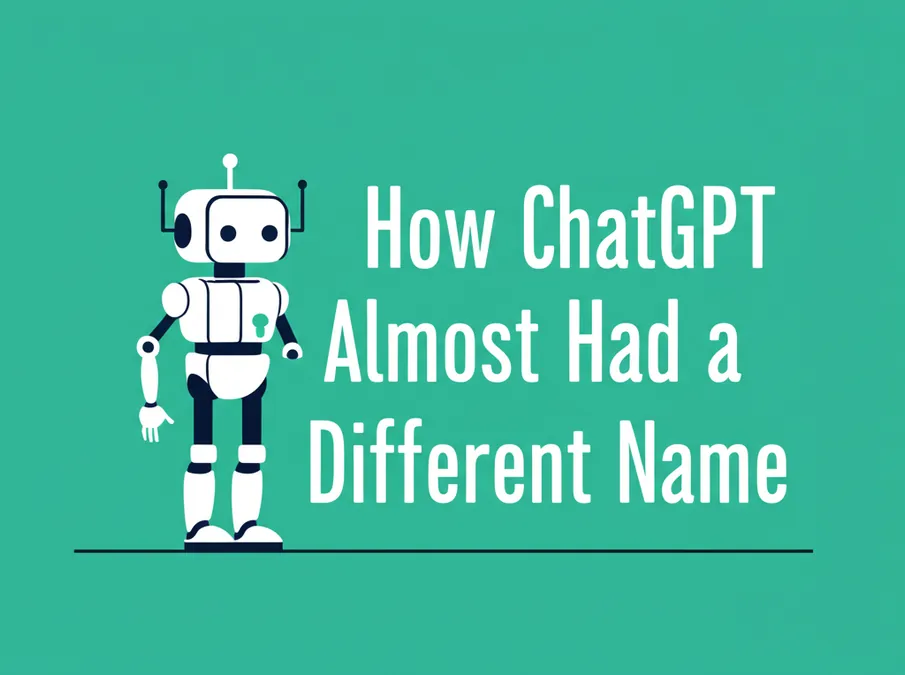Developer Offer
Try ImaginePro API with 50 Free Credits
Build and ship AI-powered visuals with Midjourney, Flux, and more — free credits refresh every month.
AI Is Eliminating Millions Of Jobs What Comes Next
Sam Altman of OpenAI made a stark announcement: “We are past the event horizon; the take-off has started.” He warned that as machines develop capabilities that cross into super-human territory, entire classes of jobs will disappear. Coming from the leader of the company behind ChatGPT, this was a major alert for the global workforce.
The Scale of the AI Job Shift
Economists are working to quantify the impact. Goldman Sachs estimates that 300 million full-time positions in major economies are exposed to automation, which is about a quarter of all current work. The World Economic Forum’s recent Future of Jobs report anticipates 83 million roles will be eliminated by 2030, with only 69 million new ones created. This results in a significant net loss of jobs. The trend is undeniable: routine cognitive work is becoming obsolete.
Which Jobs Are Most at Risk
Altman provided a specific list of jobs on the verge of obsolescence. Tasks like basic Python debugging, junior paralegal research, entry-level marketing content, customer service responses, and initial news summaries are all highly susceptible to automation. Dario Amodei, co-founder of Anthropic, even estimated that about half of today’s entry-level office jobs could be gone within five years.
This isn't just a white-collar issue. Blue-collar roles are also affected. AI vision systems are already managing robots in logistics, and automated translation engines are processing media at incredible speeds. The key factor is no longer the type of collar but the predictability of the task.
New Opportunities in the AI Era
Despite the job losses, new roles are emerging. Every major technological platform creates new types of work. Positions like Prompt engineers, data curators, model bias auditors, and AI operations technicians are among the fastest-growing roles for 2025. Professionals who adapt, such as copywriters who master large language models, can significantly increase their output and focus on more strategic work.
There is strong evidence that these tools boost productivity. An MIT–Stanford study involving 5,000 customer support agents found that using a GPT-powered assistant increased ticket resolution by 14% overall, and by an impressive 34% for the newest employees. Scientists report similar gains, completing complex tasks like literature reviews in a fraction of the time. If these productivity increases are scaled across the economy, Goldman Sachs forecasts a 7% rise in global GDP by the end of the decade.
The Unprecedented Speed of Change
The adoption of AI is happening much faster than previous technological shifts. Industrial robots needed expensive factory overhauls, but Generative AI only requires a web browser and a subscription. With API prices dropping and powerful open-source models becoming available, deployment is cheap and fast. A law firm can set up a private AI model in a weekend, and a hospital can test AI-powered radiology summaries without buying new hardware. This cheap distribution accelerates adoption and the resulting job market churn.
How to Prepare for the AI Revolution
So, what should workers do? Experts suggest focusing on three actions: learn, synthesize, and empathize. Mastering AI tools can turn a potential threat into a career amplifier. Developing strong domain judgment to know when an AI's answer is flawed keeps humans essential. Finally, focusing on interpersonal skills like sales and coaching creates a defensive moat that algorithms cannot easily cross.
Altman himself acknowledges the difficult transition period, supporting initiatives like worker retraining programs and universal basic income pilots to soften the impact. History shows a similar pattern. The printing press replaced scribes, and spreadsheets made legions of clerks redundant before creating a new class of analysts. The AI revolution is simply faster and more widespread.
The AI takeoff is here. Those who learn to work alongside these new tools will likely thrive, while those who don't risk being left behind.
Compare Plans & Pricing
Find the plan that matches your workload and unlock full access to ImaginePro.
| Plan | Price | Highlights |
|---|---|---|
| Standard | $8 / month |
|
| Premium | $20 / month |
|
Need custom terms? Talk to us to tailor credits, rate limits, or deployment options.
View All Pricing Details

